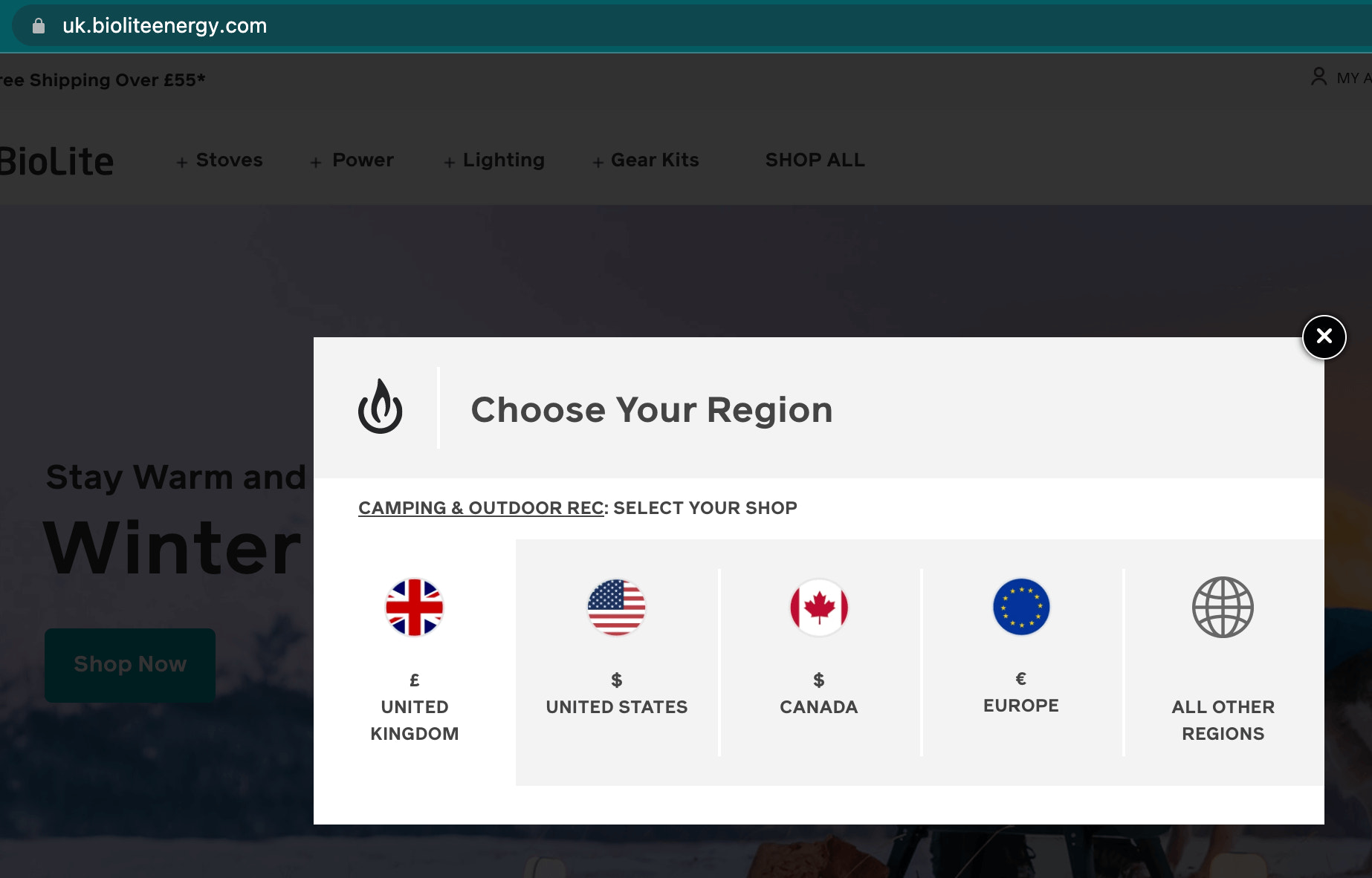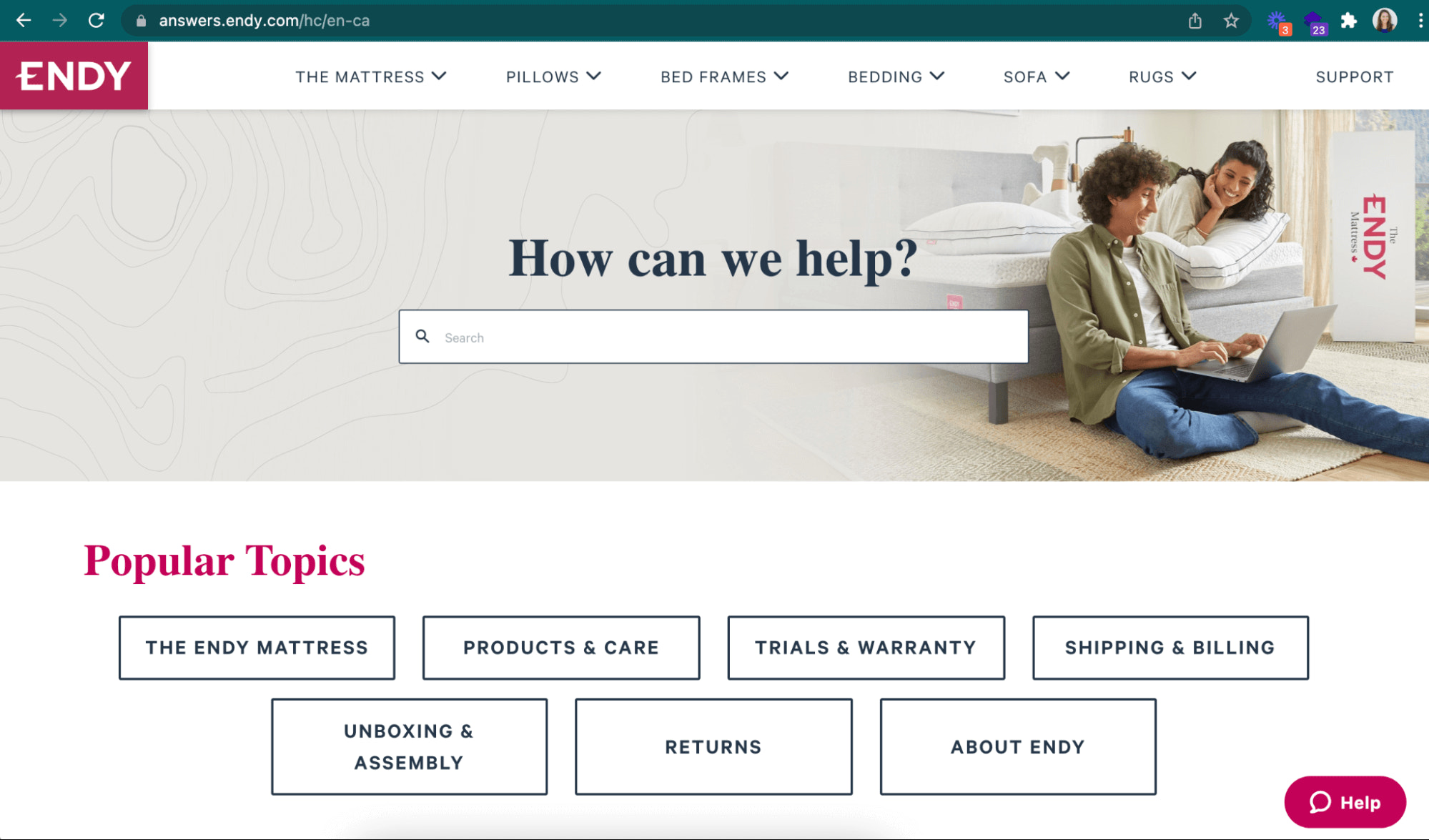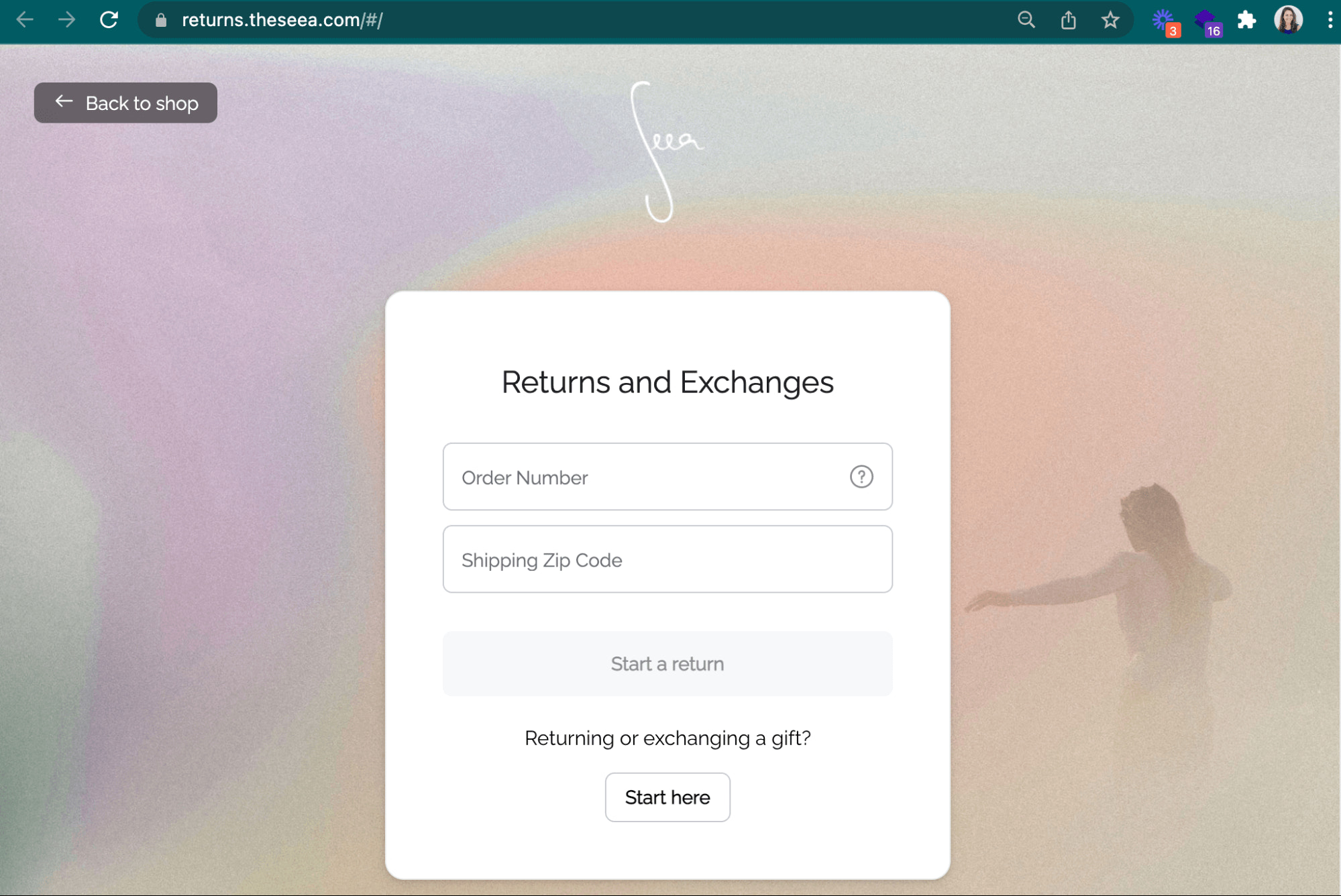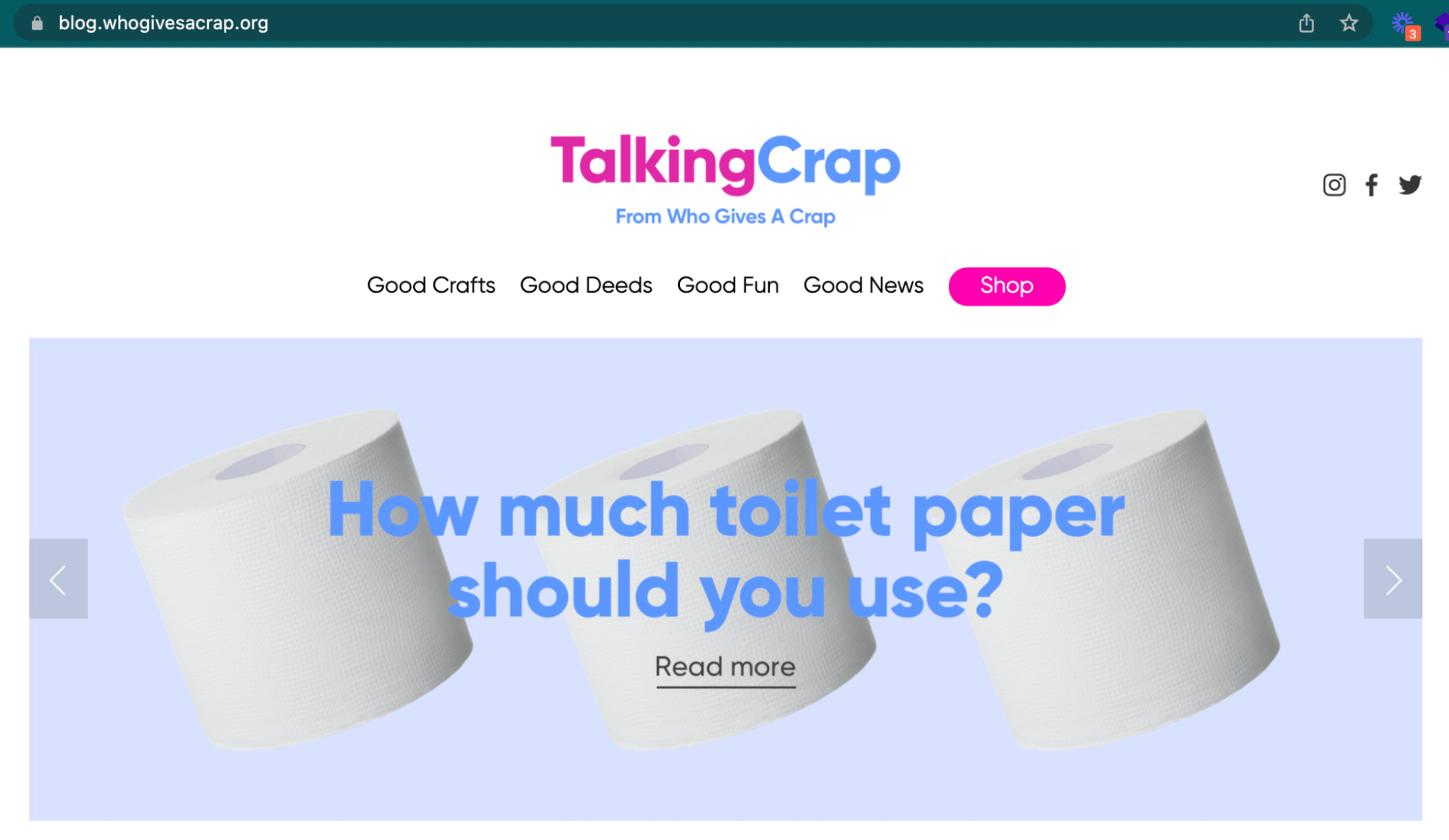Ever visit a website and notice a small extension at the front of the URL? You may have typed it in manually or been automatically redirected. These extensions are subdomains, and subdomains have several applications in yourecommerce businessstrategy.
Table of contents
- What is a subdomain?
- What is a subdomain used for?
- What is the difference between a domain and a subdomain?
- Launch your subdomain with Shopify
What is a subdomain?
A subdomain is a section of a regulardomain name. It’s an extension of the main domain that’s dedicated to a specific function or purpose. While most domain names are written aswebsite.com, subdomains have a prefix that sends the user to a different destination. The subdomain might look something like商店.website.comorcountry.website.com, for example.
While subdomains are technically part of the main domain, they exist almost independently. You can change the look and feel for your subdomain page to distinguish it from your main domain, or you can keep the look and feel the same to maintain a consistent brand experience.
Is a subdomain a separate website?
A subdomain is not a separate website, but it is treated as such by Google.
Find your perfect domain name
Search fordomain nameideas and instantly check domain availability.
Learn moreWhat is a subdomain used for?
Subdomains have many uses, including:
- Selling internationally
- Site testing
- Optimize for mobile
- Launch ecommerce
- Contact
- Client portal
- Blog
- Targeted selling
Selling internationally
Subdomains can help you stay organized and create location-specific experiences when yousell internationally. Your subdomain extension may be the abbreviation for the region, country, or continent. For example, you might useuk.website.comfor shoppers in the UK andca.website.comfor Canadian-based customers. When you use a subdomain for each location, you appear more relevant and legitimate, giving shoppers more reason to trust your brand. You can use multiple subdomains if yousell in several countries.
You might also use the subdomain to accommodate different languages. The Spanish version of your website could bees.website.com, and French could be denoted asfr.website.com. This could be a more approachable way to manage your subdomains, since multiple countries/regions speak Spanish and multiple countries/regions speak French.
It all depends on the context of the website and what the experience is going to be like for the user. If you have country-specific pricing or shipping rules, for instance, you’ll want to use asubdomain for each country. But if it’s simply a matter of translating your website and making other content adjustments, you might look to use language-specific subdomains.
BioLitesells stoves, portable power stations, and other outdoor gear to customers all over the globe. The website gives users the option to self-select their location, choosing from the UK, US, Canada, Europe, and other locations. Each has its own dedicated subdomain indicating which region the site is for. UK customers are taken touk.bioliteenergy.com, while US shoppers head tobioliteenergy.com. Canada and Europe areca.bioliteenergy.comandeu.bioliteenergy.com, respectively, while all other regions go torow.bioliteenergy.com.

Site testing
Many ecommerce businesses use subdomains to create testing sites. These subdomains allow you to test your website or individual pages before you push them live. This is important because it lets you find and address any issues or bugs before the public has access—you can launch most new campaigns with confidence.
可能一个lso be the case that you’re still building your site or aren’t yet ready to fully invest in it.Bandolera Clothing, for example, is on the Shopify domain because it’s using a free plan. The URL featuresmyshopify.comat the end as the domain name—sobandolera-clothing-17acts as the subdomain.

When the brand is ready, it’ll upgrade to a paid plan and own its domain name—and perhaps create its own subdomains down the line as well.
Optimize for mobile
If you shop online using your smartphone, you may have noticed a letter m at the beginning of some site URLs. This is because those sites use a dedicated mobile subdomain for users on phones, tablets, and other small devices.
创建定制的移动电子商务是很重要的experiences that differ from those your customers have on a desktop browser. Mobile responsiveness is the bare minimum—especially considering the opportunity online brands have when it comes to engaging mobile shoppers. Mobile commerce hit nearly$340 billion in sales last year in the USalone, and mobile shoppers spend an average$134 each purchase—a figure that’s trending upward. So there’s plenty of reason to consider the mobile shopper.
But mobile users have highercart abandonment ratesthan people on other devices, clocking in at just over 85%.

Creating a dedicated mobile website using a subdomain, such as the letterm, is one way to tailor your mobile experience without impacting the desktop experience.
Launch ecommerce
Not every ecommerce site started as an ecommerce site. Some websites start for other reasons. Your website may have originated as a blog, for example, and after building a solid audience you may have decided to monetize your blog through ecommerce. Or you could have launched an affiliate site that you later want to add an ecommerce arm to.
Somewebsites migrateto another software that’s built specifically as anecommerce platform. But others don’t bother with migration and instead create a dedicated subdomain for ecommerce specifically. Many websites use商店as their subdomain—so you could do商店.yourwebsite.com. Other common words includestoreorbuy.
Lady Gaga uses this approach to differentiate her regular website from her ecommerce site. When you visitladygaga.com, you see lots of different content—not necessarily products for sale. That’s because someone visiting a celebrity’s website may not initially think of buying something.

But people who click Shop, likely are interested in buying something and expect to see lots of items for sale. Lady Gaga keeps her ecommerce entity separate from her main branded site, making sure to provide something for everyone.

Contact
YourContact Usor tech support pages may also warrant a new subdomain, especially if your tech stack demands it.Endymattresses uses a subdomain for its contact page,answers.endy.com. You could also use words likesupport,help, orcontact.

Client portal
Similarly, you might have a client portal your customers can sign in to. Client portals are nice for shoppers because they can sign in to check on order status, previous orders, current promotions, loyalty program status, and more. And it’s nice for brands because customers are empowered to check on their order themselves, instead of taking time from your support staff every time they want an order update.
Seeadoesn’t use a subdomain for its client portal, but the sustainable swimwear brand has a separate subdomain dedicated to returns and exchanges. Users visitreturns.theseea.comto initiate areturn or exchange. You’ll notice this subdomain has significantly limited functionality when compared to the main site, because it’s meant for one specific purpose.

Blog
Some websites use a subdomain to separate their blog from the rest of the website experience. In manyblog examples, the subdomain has distinct functionality that varies from the rest of the site. If you want tostart a blogfor your website, you may consider hosting it on a subdomain of your main site.
TheWho Gives A Crap bloglives atblog.whogivesacrap.org, while the main domain is simplywhogivesacrap.org.

Targeted selling
You can use subdomains to appeal to different audiences or business goals. You could create subdomains for specific customer segments or create a subdomain to rank for specific keywords.
GRAVhas a subdomain forselling wholesalethat lives separately from its consumer-facing site. While its regular domain name isgrav.com, wholesale buyers will go towholesale.grav.com.

Find your perfect domain name
Search for domain name ideas and instantly check domain availability.Learn moreWhat is the difference between a domain and a subdomain?
The difference between a domain and a subdomain is that a subdomain acts as an extension of the domain. The domain represents a larger network of subdomains and webpages, while subdomains are a smaller subset of webpages that live at the same root domain.
Launch your domain (and subdomains) with Shopify
Managing a domain is complicated enough without throwing subdomains into the mix. That’s why you need a tech stack that simplifies everything in the back end for you.
When you register your domain and subdomains with Shopify, it immediately connects to your online store—no third-party apps or complex setup processes necessary.
